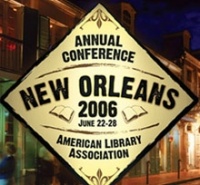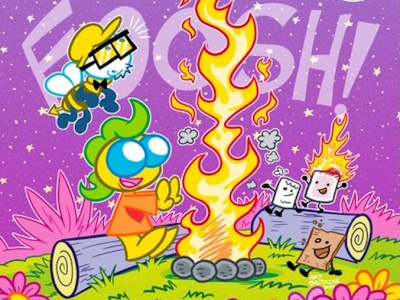
Flights in and out of the airport were definitely scaled down from pre-Katrina levels, and the airport itself was not back yet, with empty businesses, restaurants that closed at weird hours, and a total absence of luggage carts in the baggage area.
On a larger scale, scratch each problem of the area and you find a bigger, more complicated and expensive one. Hospitality businesses in New Orleans need employees, but there is a shortage of housing. And it's tough to rebuild some housing because of newly prohibitive insurance rates. Rebuilding infrastructure is going slowly.
People won't move back until there are schools for their kids, but New Orleans-area schools, which are down around 70,000 students, are about to lose over $200 million in state funding because of the temporarily reduced enrollment.
The uneven recovery has also meant that there aren't jobs available for some people that want to move back, while other employers can't find people. The Times Picayune reported during the show that the head of New Orleans public library system was leaving because his wife had been unable to find work.
The New Orleans library system itself, which had eight of its 13 locations heavily damaged, was still coming back. Reed's Library Journal led an $800,000 renovation of New Orleans' Alvar St. library, which opened during the show. Library service companies Highsmith and Bretford worked with the ALA to re-open a historic Carnegie library branch during the show.
Other charitable efforts were also tied to the show. On the first day of the conference, the Bill and Melinda Gates Foundation announced $12.2 million in grants for libraries in Louisiana and Missippi. The Bush Clinton Katrina fund also announced a $5 million grant for public library repair. 900 conference attendees participated in volunteer efforts during the show. The ALA also announced that ALA members, Friends groups and corporations had donated over $370,000 for library recovery and presented some checks at the show.
Retailing in the area is still decimated (see 'Gulf Coast Retailers in Dire Straits'), and there aren't any charitable foundations donating money to help rebuild it. Getting a store back in shape to open is only one problem when the customers for that store have been spread to the four winds, and returnees and new residents have been slow to come. The Crescent City Comic store in New Orleans, for example, has not re-opened, with damaged and looted inventory, as well as the diaspora of residents, daunting problems that are unlikely to be resolved any time soon.
Perhaps the most telling indication of where New Orleans is in the recovery process is the contents of pages two and three in the daily New Orleans Times Picayune -- primarily numbers and Websites providing resources for 'Hurricane Aftermath.' They ranged from help finding missing persons to health care and counseling, help with insurance issues, debris pick-up info, and many more. The fact that the primary metropolitan daily devotes that space to providing info to its readers that are still in severe need of those services and assistance speaks to how devastated the area still is, 10 months after the storm and flood.







